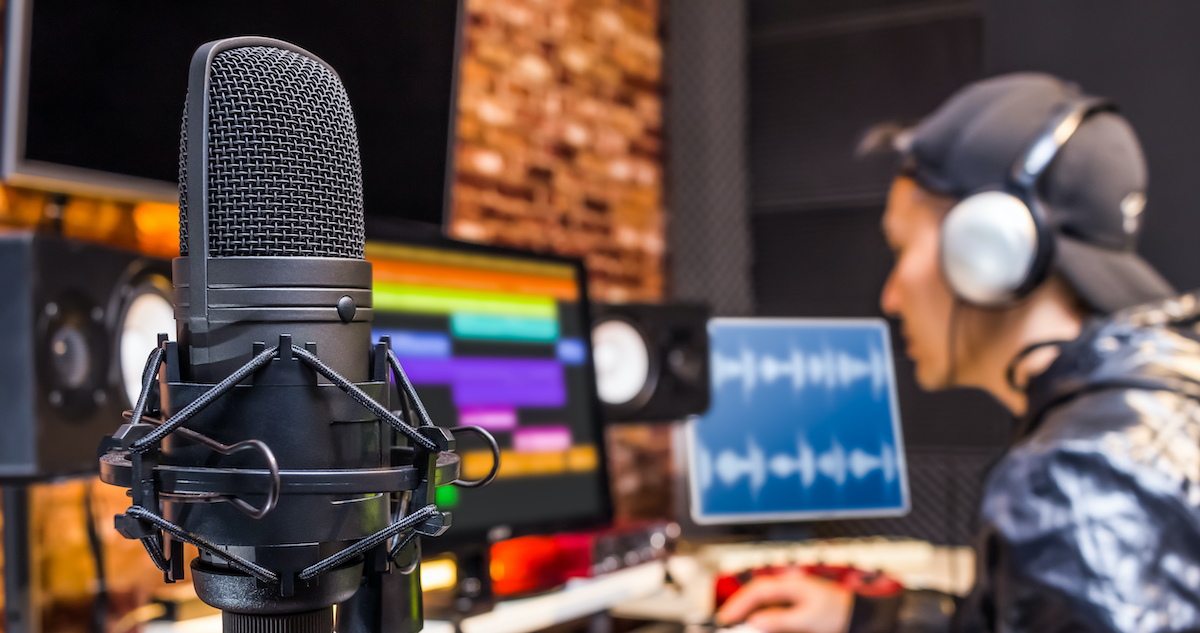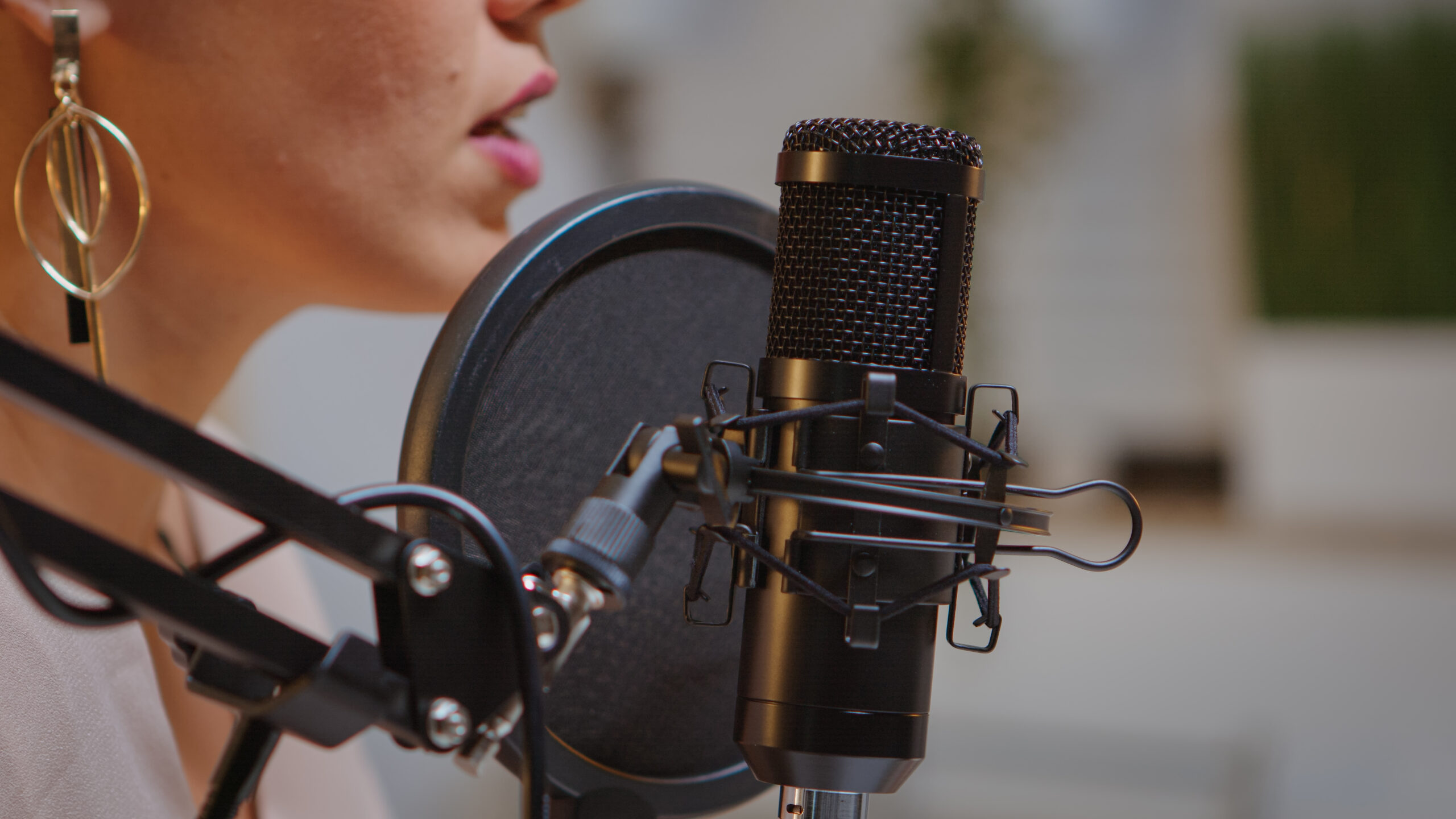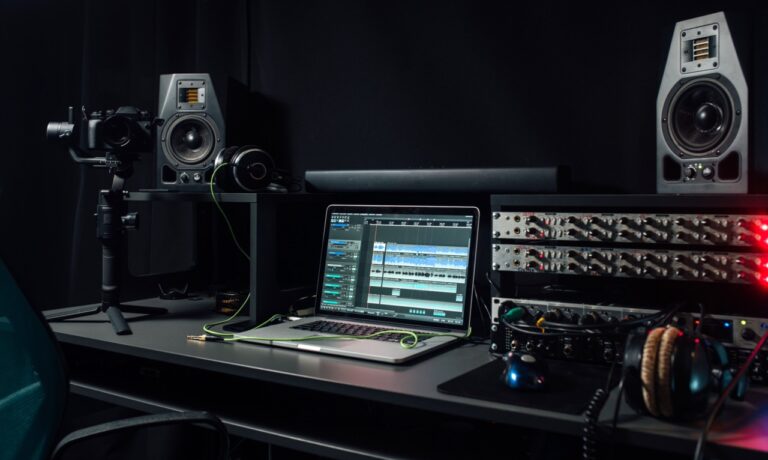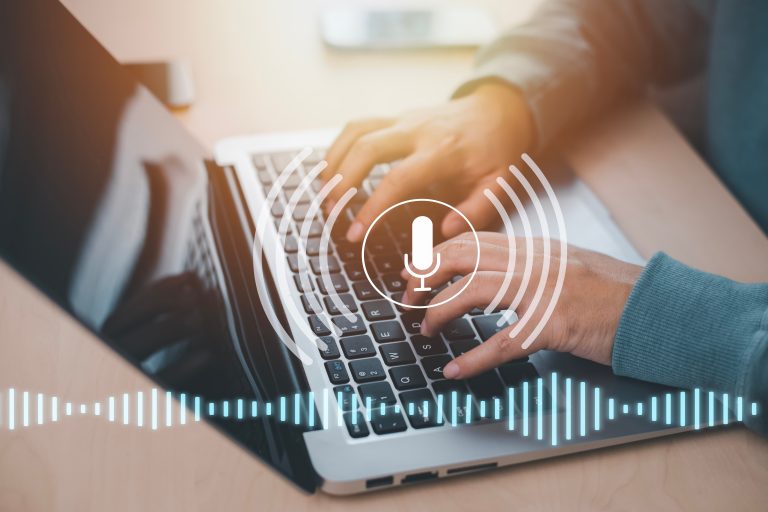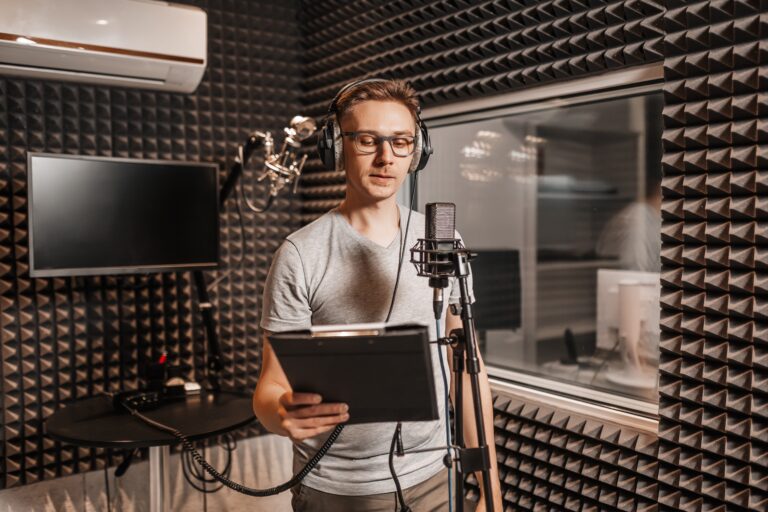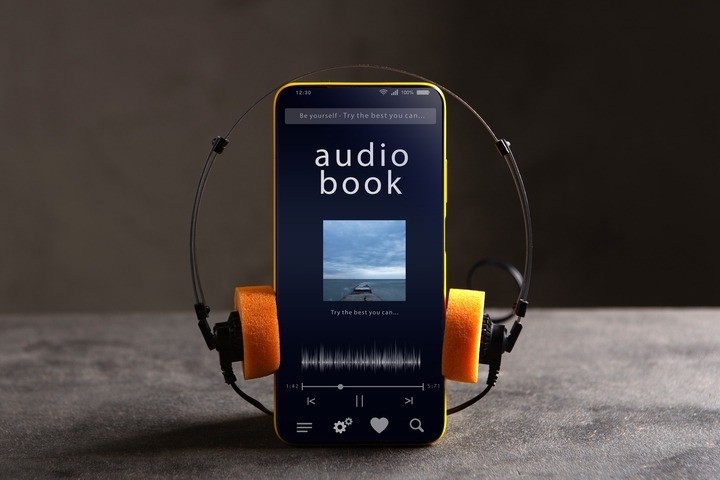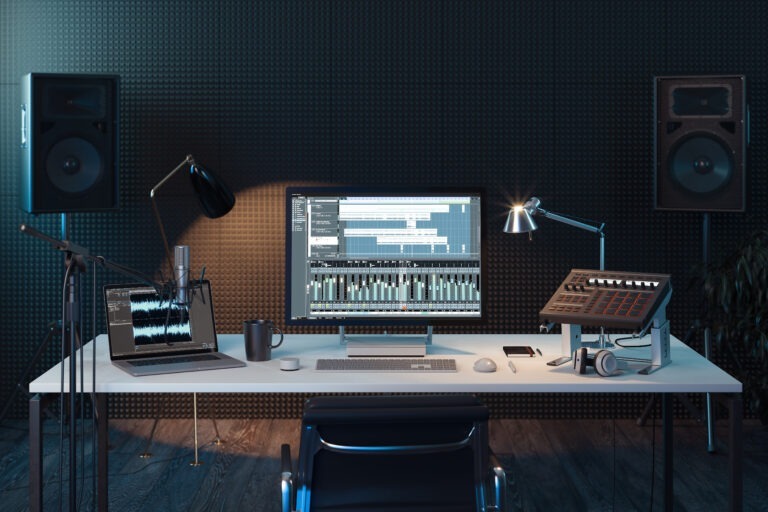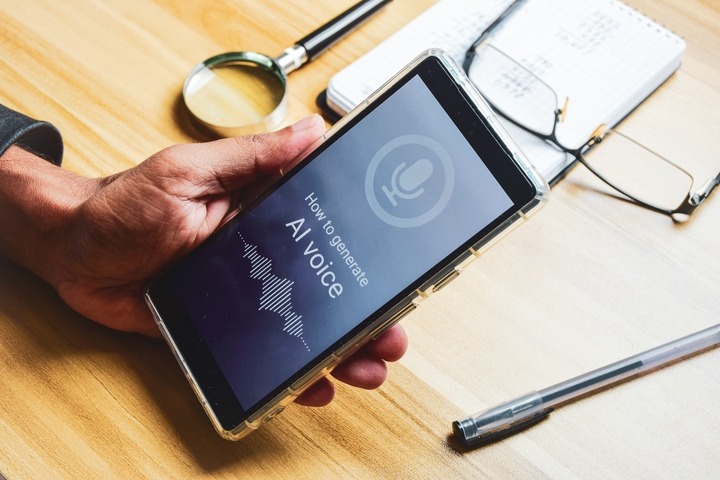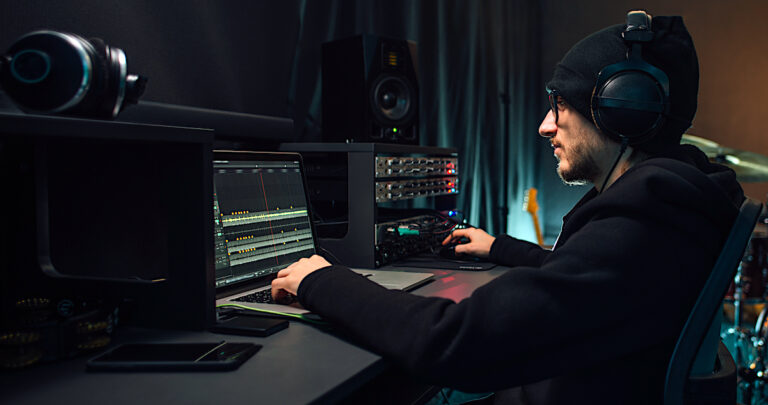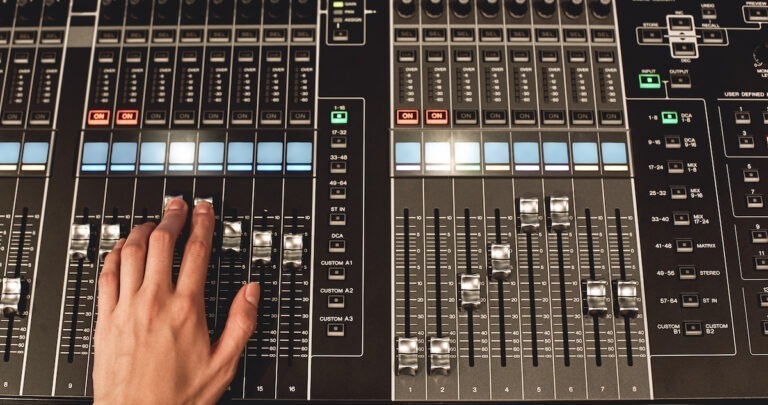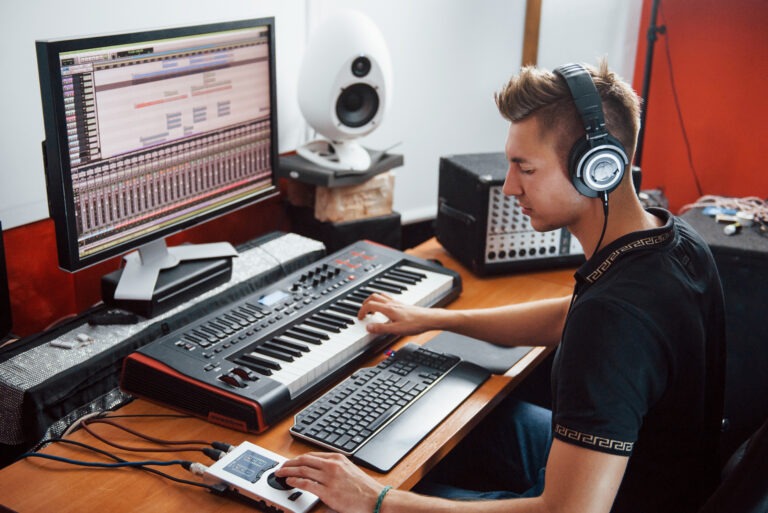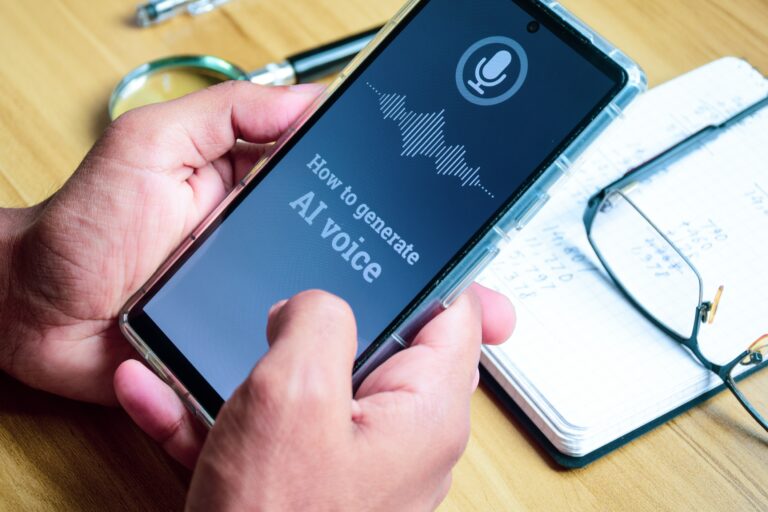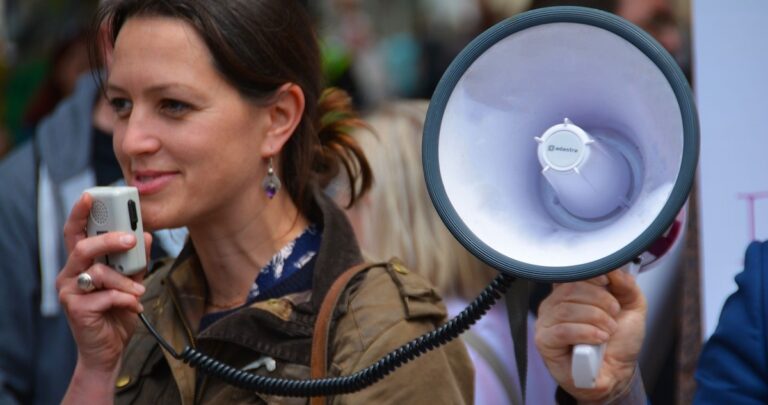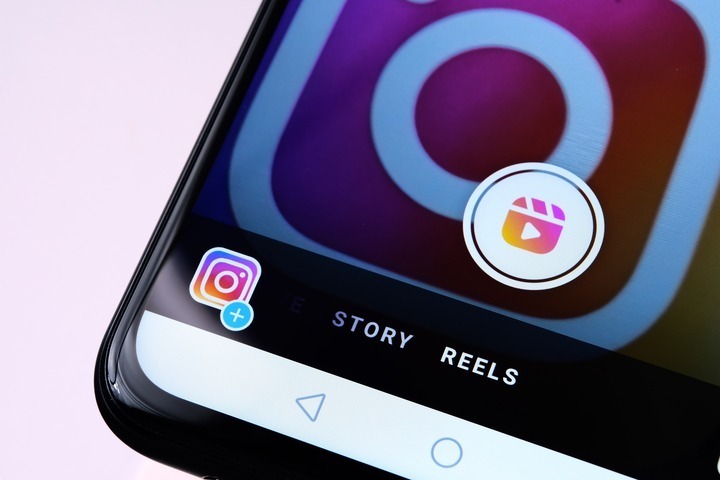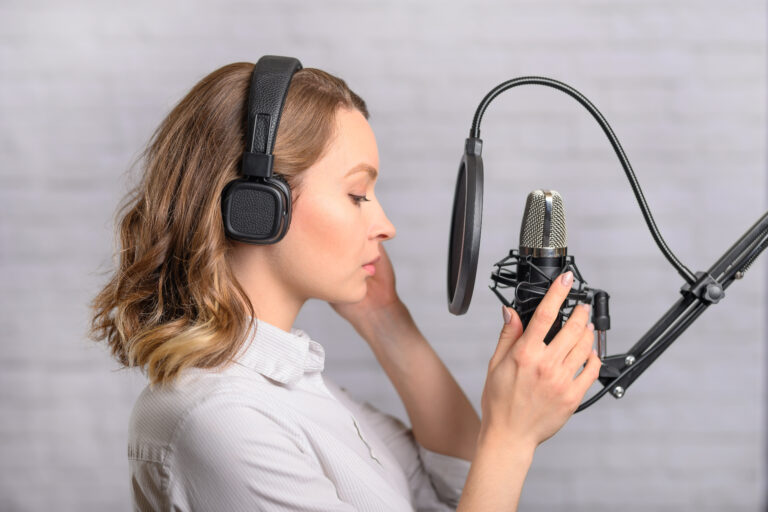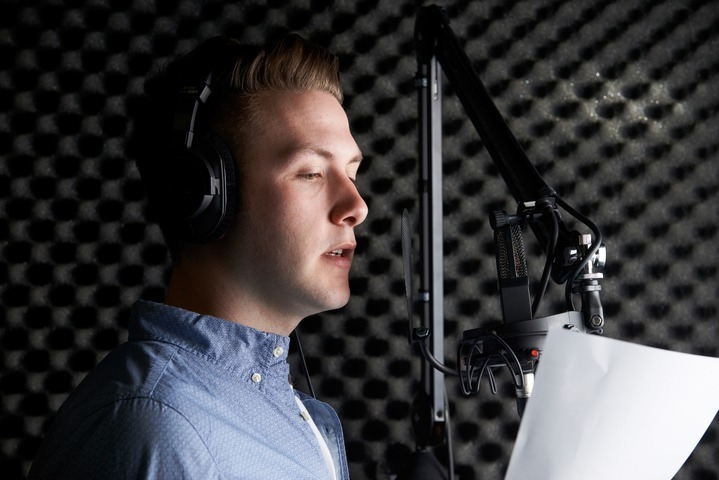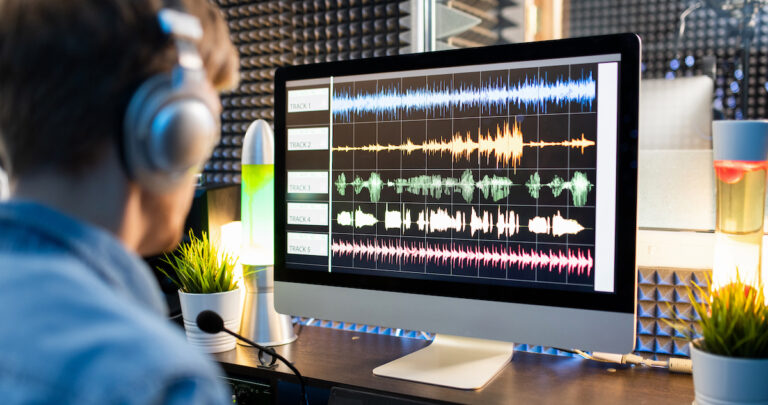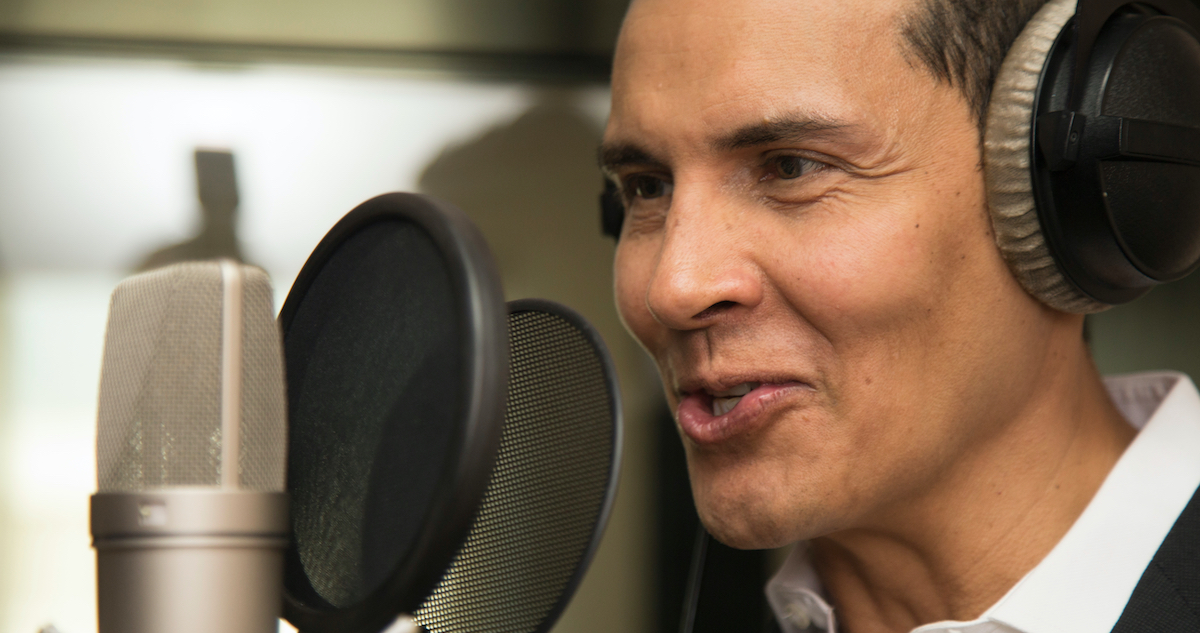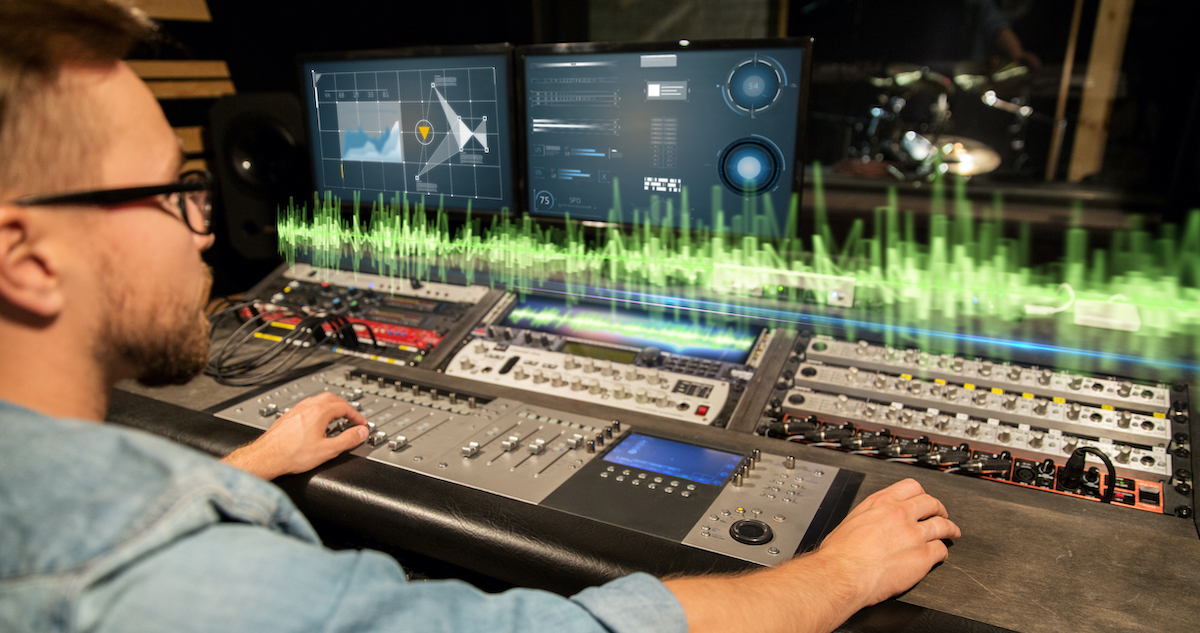A term that’s come up in broadcasting since the advent of the radio is, ‘quality voice‘. Over time, of course, the overall meaning of ‘quality voice’ has become somewhat ambiguous. The upheaval brought about by the fast-changing and constantly-developing information technology revolution has impacted every aspect of our daily lives. It’s also impacted both our interpretation and expectation of the term ‘quality’.
What goes out on air gets data-compressed in some way — Mp3‘s for example. This means a ‘quality voice’ in broadcasting is no longer a specific or technical benchmark. Nevertheless, most professional voice actors understand ‘quality voice’ to mean audio recordings that compare favorably with commercial recordings of the highest technical standard.
So what does the ‘highest technical standard’ mean to you as a client? What if you really have no interest in technicalities or technical jargon? After all, you want a recording that sounds good by industry standards. So, it doesn’t matter whether the voice over goes out via streaming video services, or via podcasts, radio, or television. The maxim applies: if it sounds good, it is good — right?
Well, kind of.
What is a quality voice
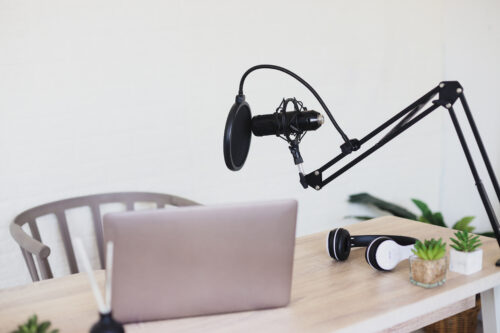
If you want to know whether the recording you received from a voice actor is a quality voice, ask yourself these questions as you listen to the recording:
- Does the voice over sound clear, as opposed to muffled and indistinct?
- Is it noise-free? i.e, can you hear an electrical buzz or a hissing sound in the background?
- Are there environmental sounds like people talking or dogs barking?
- Does the sound make you think the voice actor recorded it in a bathroom because it sounds reverberant and echoey?
- Is there any distortion?
- Does the recording flow seamlessly or can you hear editing points where the voice actor removed mistakes or breathing sounds like plosives?
- Is it loud enough, or do you have to crank up the volume to hear the speaker?
- Is it nice to listen to?
Although ‘nice to listen to’ may seem ridiculously subjective, it’s an important distinction.
Simply put, if your audience can’t hear the voice over well or it grates on their nerves, they simply won’t engage with your message. If you’re in the business of selling a product or service, that’s the very worst thing that can happen.
According to a study by TechSmith, 25% of respondents watched a video to the end because it had good quality audio. However, a different study by Statista, suggests that at least 33% of people will abandon a video within seconds because of poor quality audio.
The lesson? Never underestimate the power of great quality audio. Remember your company’s message and brand voice will lose impact because of a poor quality voice over. Then your target audience and current customers are likely to start looking for what they need from your competitors. Your brand image will take a hit because it comes across as uncaring and unprofessional. Both of which your brands is not. So, in the long-run it’s a much better option to invest in a high quality voice over.
Always use a professional voice actor

As an online voice-casting platform, Voice123 hosts some of the finest voice actors in the world. In many instances, they’ll be able to guide you on achieving the best quality voice for your project. If you request ‘quality voice’ they’ll understand exactly what you mean. Why? Because quality is their livelihood.
Professional voice actors also invest in top-notch recording equipment and editing software. And they know exactly how to use their tools to provide you with quality audio recordings that meet the nebulous ‘quality voice’ standards in broadcasting. They are also professional enough to avoid breathing sounds, incomprehensible audio, and ambient room noise, from making its way into your recordings.
Final thoughts
Quality voice overs are an essential part of reaching your target market and extending your business reach. AI voices can help businesses fill the gaps in their operations and further solidify their market presence. In the final analysis, defining precisely what ‘quality voice’ entails is not something to stress over. What you should focus on however, is what the term, ‘quality voice’ stands for. It can also help you clarify what you should expect from every voice actor you work with.
To find the best voice talent available to you, why not post a project for free on Voice123. It’s also a great way to become more familiar with different quality audio samples, and styles you will have access to in the voice over industry. And, we know you’ll find the best voice actors to work with on Voice123. A platform that’s overflowing with professional voice talent to maximize the reach of any project. And on that note, we’d like to wish you all the best in the world of quality voice overs.
FAQ’s on a quality voice
A good quality voice is one that has consistency. The style of speaking is clear, pleasant, and easy to follow. It’s also free from distortion, making the sound more comfortable for the listener.
Think first of the effect you want the voice to have on your audience. Then match your requirements to that of the voice over recording. If the quality resonates with your audience, you’re on the right track.

